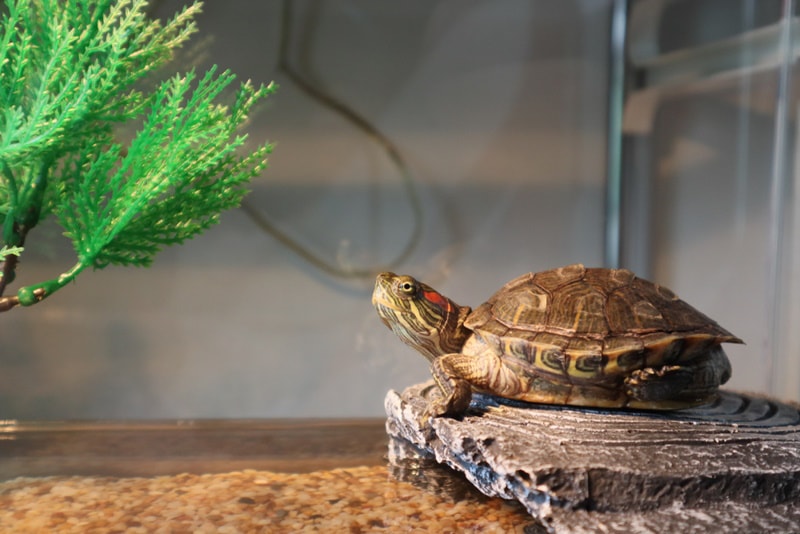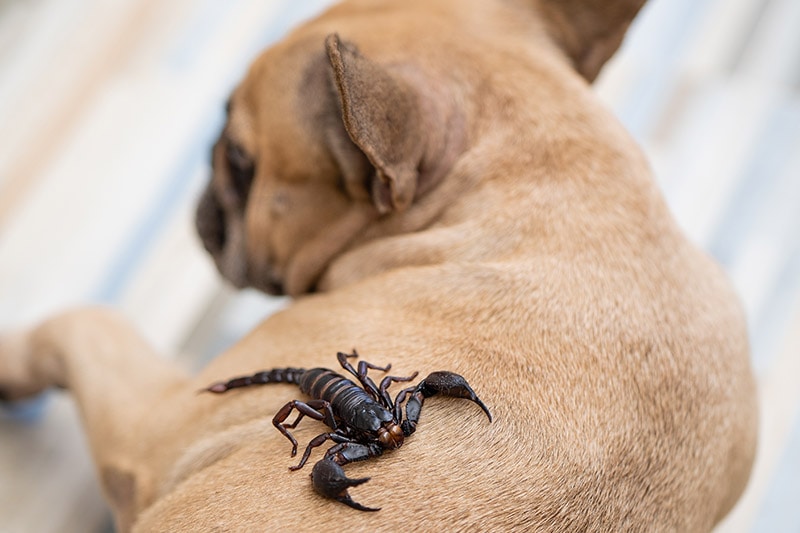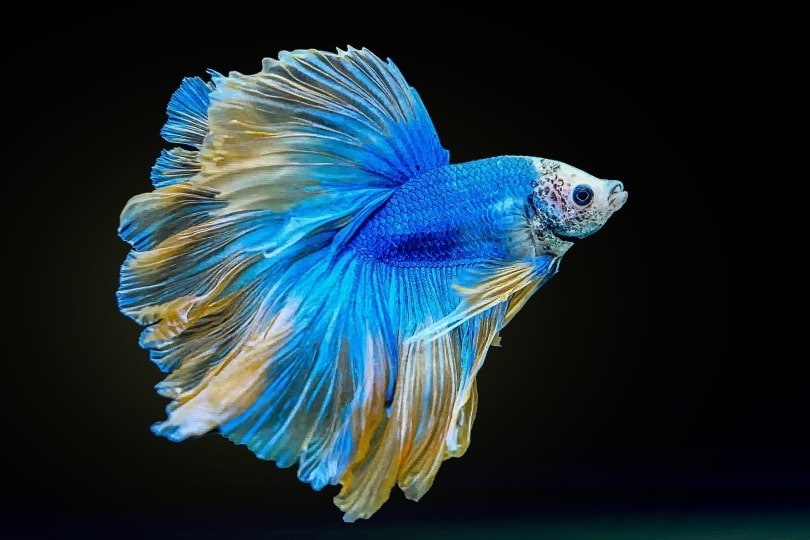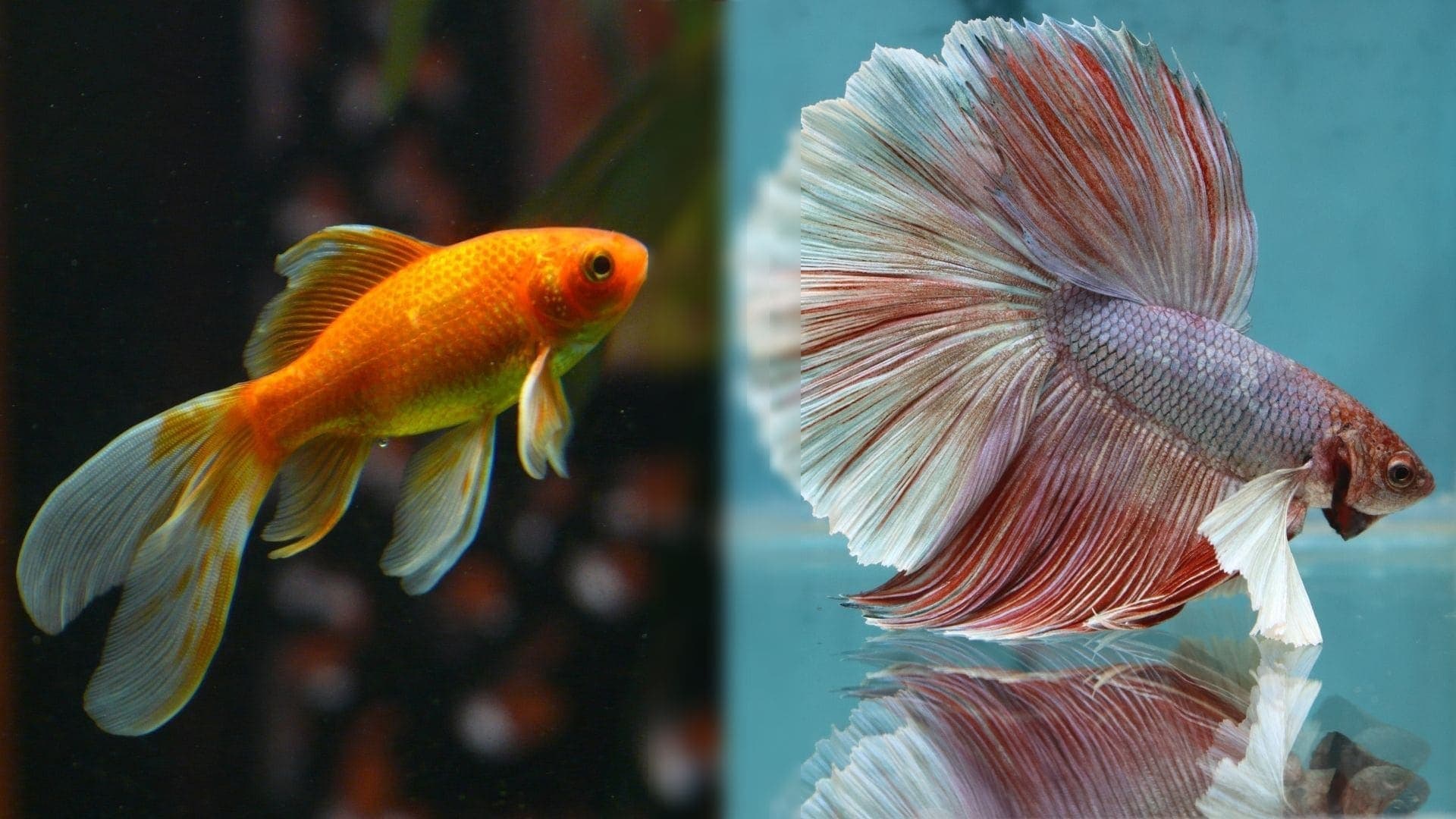Do Turtles Cry? Vet-Reviewed Science & Reasons
Updated on
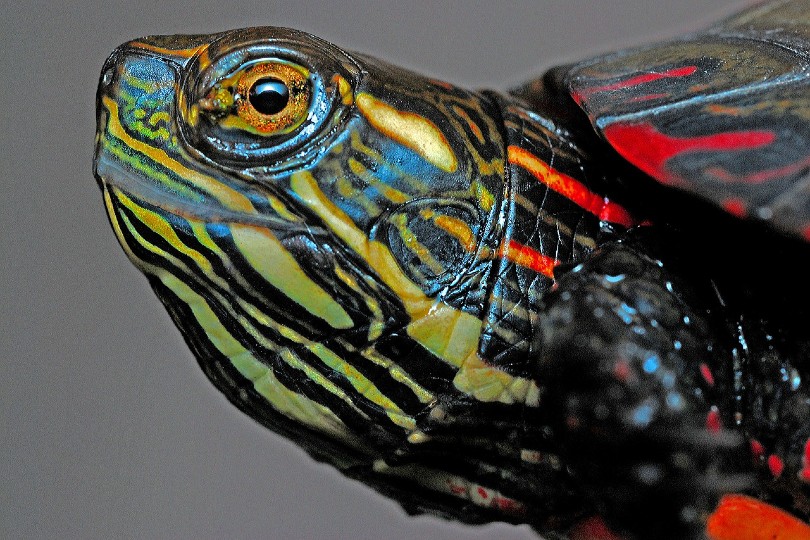
You’ve undoubtedly heard the expression crocodile tears, meaning feigned grief. People once believed they wept for their unfortunate victims. However, tears serve the same purpose for many creatures: lubricating their eyes. So, if you’ve got a pet reptile like a turtle at home, you may wonder, can turtles cry, too? The short answer is yes turtles can produce excessive tears, but not for the reasons you may assume.
Sea Turtles & Salt Regulation
Tear glands above your eyes produce the tears you shed, which drain through your tear ducts. You may have noticed they are salty. That’s because they contain electrolytes, like sodium. Humans may also shed tears when they cry, possibly because they serve an evolutionary purpose to garner empathy. However, tears take on a different role in turtles.
Salt regulation is critical for all organisms. Too little moisture can cause body cells to retain water with the potential to burst. Too much fluid can make them shrink or crenate. Marine animals have a greater challenge in maintaining balance within their bodies and their aqueous environment. While most animals can regulate their salt concentrations well, sea turtles need a backup plan.
That’s where their tears step up to the plate. Researchers have discovered that these animals have specialized glands behind their eyes. These structures help to maintain a healthy salt balance and eliminate excess sodium. Ocean water has a salinity range of 33–37 grams per liter. Consequently, sea turtles use these glands in conjunction with their kidneys to maintain electrolyte balance.
Interestingly, researchers have also learned that the electrolyte composition of tears is somewhat similar in humans, reptiles, and birds. The last two classes are close evolutionarily speaking, with some referring to our feathered friends as living dinosaurs. Nevertheless, tears serve a vital function for proper vision and an added purpose in turtles.

Pet Turtle Tears
Things are different for pet turtles. Primarily residing either on land or freshwater, they don’t have a stringent requirement for electrolyte balance, and therefore, if you notice discharges from your pet turtle’s eyes that seem to mimic tears, you should have them looked over by a veterinarian.
There have been some unique presentations of pet turtles producing excessive tears. One case report describes a cyst at the animal’s lacrimal or tear glands. Another attributed excessive tear in a Gopher Tortoise to an upper respiratory tract disease (URTD).
Generally speaking, if you notice discharges from your pet turtle’s eyes, it’s time for a vet to have a closer look at them. The discharge from the eyes might also be accompanied by signs such as discharge from the nose, lethargy, refusal to eat, and spending excessive amounts of time withdrawn in their shell and showing a disinterested demeanor to their environment.

Final Thoughts
Sea turtles produce excessive amounts of tears as a form of electrolyte regulation. However, tears you notice in a pet turtle are definitely a cause for concern and warrant a veterinary checkup. Many different ailments may involve your pet’s eyes and result in an overabundance of discharge from them. Therefore, it is important to keep a close eye on any signs of distress or illness in your pet turtle and have them looked over by your veterinarian.
See Also:
- Can Turtles See in the Dark? Anatomy, Facts, & FAQ
- Are Turtles Smart? 4 Interesting Displays of Intelligence (Vet Answer)
Featured Image Credit: 631372, Pixabay




